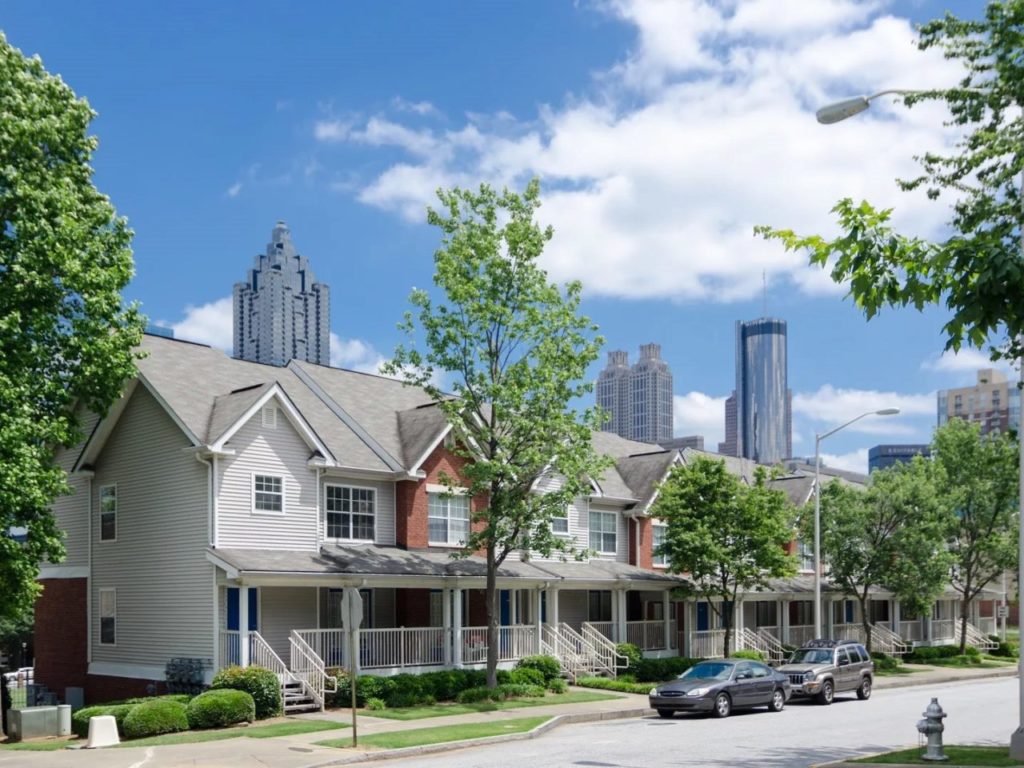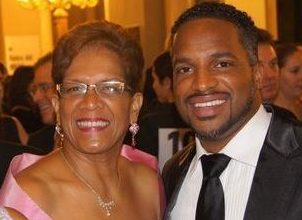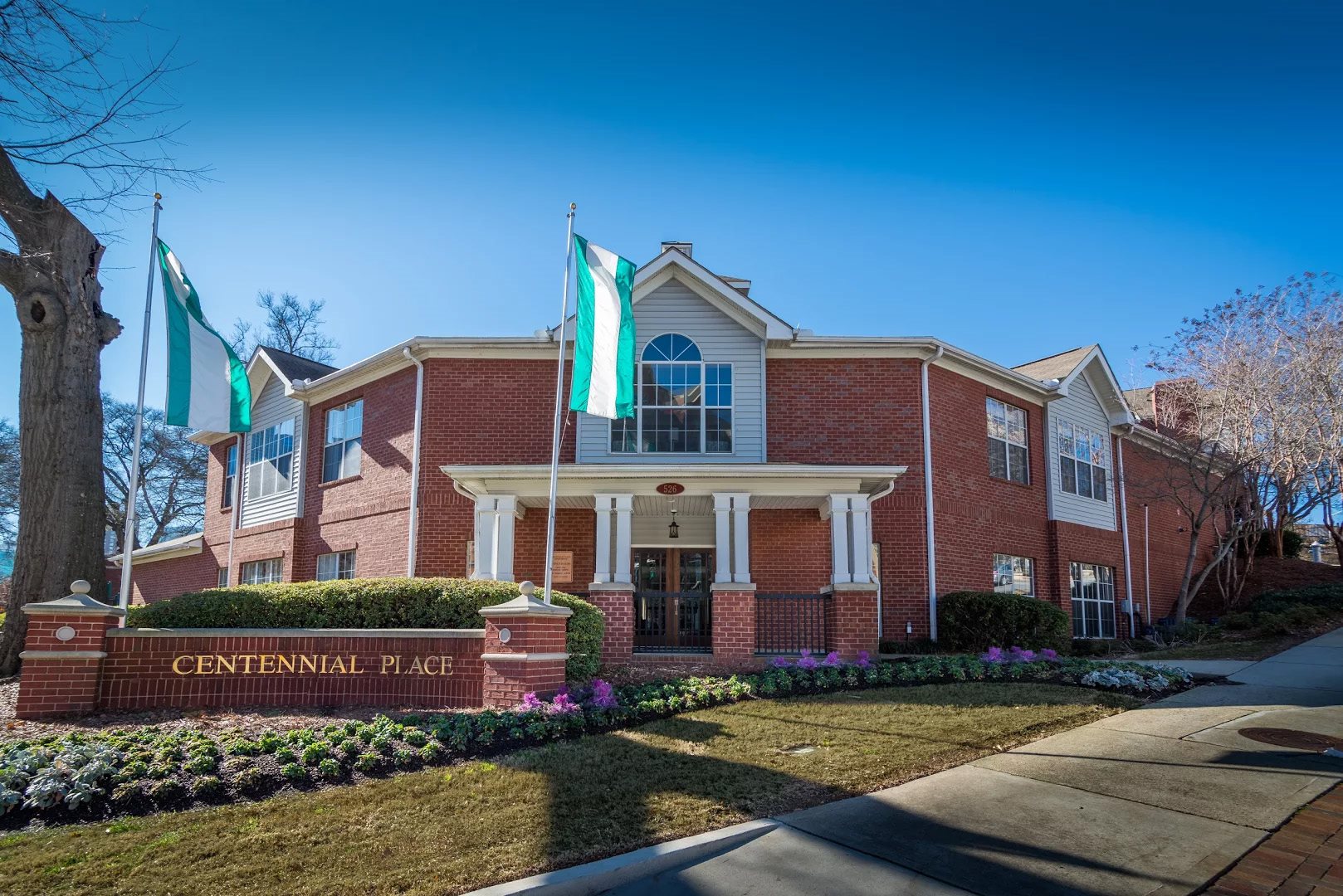Success Story: A bold housing vision pays off in Atlanta
March 28, 2018

Centennial Place is one of Atlanta’s most prized commercial properties and a groundbreaking model for urban community development.
It features more than 700 mixed-income rental units and 40 mixed-income for-sale townhomes made possible through mixed financing.
But, on that site, a crumbling housing project in an unsafe neighborhood once stood.
It’s been more than 20 years since Centennial Place initially made headlines as the first holistic community development project in the country. It replaced Techwood Homes, the nation’s first public housing project, and another adjacent project, Clark Howell Homes.
The transformation’s lessons for developers are timeless.
A Look Back
The history dates to the 1930s when the Public Works Administration authorized the construction of the first federally funded public housing project: Techwood Homes in Atlanta.
Living conditions in this low-income development deteriorated over time. By the 1990s, Techwood was plagued by crime and despair.
“So, there wasn’t a lot of good stuff going on here,” said Hope Boldon, senior vice president at The Integral Group, the project’s developer. “Maybe 20 percent of the people here — if that much — had income from sources that they could talk about.”
Looking to transform Techwood, the Atlanta Housing Authority (AHA) selected The Integral Partnership of Atlanta, a joint venture between Integral and another developer.
“Integral said we will rebuild the building — but what we also want to create a healthy, viable and sustainable community. And we won,” Boldon said. “Integral wanted to do a real community transformation and development project.”
In 1994, Integral and its partner, McCormack Baron Salazar, and the AHA, engaged with the business community and residents to develop the first holistic community development project in the country. The plan integrated an early childhood development center, a new Science, Technology, Engineering, Arts & Mathematics public school, a YMCA (to address family and youth development services and after-school programs), mixed-income rental housing and for-sale town homes. Construction of the multi-phase project began in 1996.
It was a bold vision that came with risks. Many of the legal, regulatory and financial solutions necessary to make such a development possible — particularly its housing component — were conceived during its creation.

Hope and Ato Boldon
But the federal government and local leaders were highly motivated to make a change: Atlanta was preparing to host the 1996 Centennial Olympics, and the Olympic Village was slated for neighboring Georgia Tech.
Adding to the Olympics legacy, Boldon, herself a Centennial Place resident, is the mother of Ato Boldon, an Olympic sprinter and four-time medalist who represented Trinidad and Tobago.
Centennial Place Today
Centennial Place was constructed in five phases between 1996 and 2003 and has cost approximately $200 million.
Future phases of development could total about $100 million, according to Egbert Perry, chairman and CEO of The Integral Group.
It’s an ethnically and economically diverse neighborhood. Some families make a few thousand dollars a year, and some make more than $150,000, according to McCormack Baron Salazar.
But what’s especially interesting? You cannot tell which is which by looking at their homes. These families live side by side in an attractive neighborhood of tree-lined streets, complete with pools and playgrounds.

A family support program provides coaching, counseling and resource referrals. The school, Centennial Academy, also provides breakfast to every child thanks to fund-raising efforts.
Centennial Academy: A Community Gem
The pride of Centennial Place is its Centennial Academy school. Opened in 2014, Centennial Academy became Atlanta’s first conversion charter school, replacing Centennial Place Elementary School. Although 82 percent of the students at Centennial Academy are classified as economically disadvantaged, the school is outperforming expectations. In fact, state test scores of graduates rank near the top 20 percent of Georgia’s Career and College Ready Performance Index.
Part of the school’s success stems from its project-based learning curriculum, which has a science, technology, engineering, arts and mathematics (STEAM) focus. Community support plays a major role.
The school is physically connected to — and has a broad partnership with — the Arthur M. Blank YMCA (named after the co-founder of Home Depot), which supports before- and after-school programs. The school also has connections with the Georgia Aquarium, Coca-Cola and Georgia Tech, to name a few.
Lessons Learned
How can you use such a success story to guide your projects?
- Identify the most significant assets within your community. For example, Centennial Place enjoys a strong relationship with its neighbor Georgia Tech. In fact, many of its market-rate rentals are occupied by students and visiting fellows and professors.
- Work to gain the trust and respect of the community. Before the development of Centennial Place, some in the neighborhood feared residents of the former housing project would be left homeless. Integral met with community members to address their concerns twice a week for two years to gain trust and respect.
- Adopt a multiphase approach that is appropriate for such large projects. Centennial Place was constructed and financed in phases. Costs — for construction, for labor, for services and so on — are likely to fluctuate over the years, so financing in stages can keep your financial projections realistic.
Remember, transformation is possible — and you don’t have to wait 20 years to see it take place.
More real estate content: How to Save on Taxes When Developing a Historic Property
Stay informed with Aprio.
Get industry news and leading insights delivered straight to your inbox.
